SureCall, a cellular signal booster manufacturer, offers the N-Range 2.0 booster for vehicles. It boosts 2G/3G/4G/LTE voice and data on all US/Canadian networks, for a single device.
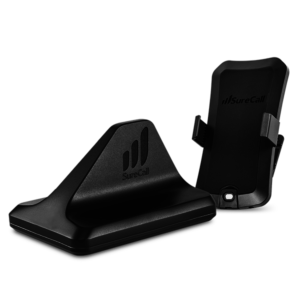 The N-Range 2.0 is very similar to the previous N-Range model, the only difference is that the cradle in the 2.0 model has an upgraded cradle.
The N-Range 2.0 is very similar to the previous N-Range model, the only difference is that the cradle in the 2.0 model has an upgraded cradle.
This cradle style cellular signal booster is specially designed to be used in vehicles, using technology that eliminates the need for antennas and cables outside of the vehicle.
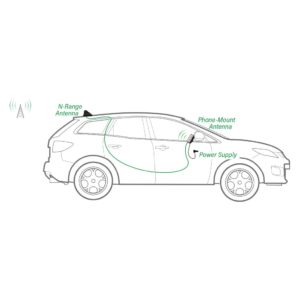 The inside antenna is a magnetic phone mount antenna which attaches to an air vent. An adhesive metal plate attaches to the device to give a secure magnetic hold.
The inside antenna is a magnetic phone mount antenna which attaches to an air vent. An adhesive metal plate attaches to the device to give a secure magnetic hold.
The installation process is simple and quick, allowing for the N-Range to easily transfer between vehicles.
The booster unit is integrated into the outside roof antenna, boosting the signal directly, with no signal loss from the cable run inside.
With only a 23dB gain and the indoor cradle antenna being on a 15' cable, this system it is limited in some ways - but is definitely an interesting design.
Specifications
- Model: N-Range 2.0
- Gain: 23dB
- Max Uplink Power: 1 Watt EIRP
- Impedence: 50 Ohm
- # of Devices Boosted Simultaneously: One
- LTE Bands Supported: 12, 17, 13, 5, 2, 25, 4
- Uplink Frequency Range 698–716 / 776–787 / 824–849 / (MHz): 1850–1915 / 1710–1755 (G Block Included)
- Downlink Frequency Range 728–746 / 746–757 / 869–894 / (MHz): 1930–1995 / 2110–2155 (G Block Included)
- Supported Standards: CDMA, WCDMA, GSM, EDGE, HSPA+, EVDO, LTE & all cellular standards
- Exterior Antenna: N Range Outside Antenna
- Internal Antenna: No
- Wire Lengths: 15ft
- Range of Interior Coverage: Cradle Only
- In Motion Usage: Yes
- Power Supply: 8-15V DC
- Power Consumption: <12W
- Connectors: SMA-Female
- Dimensions: 5 x 3.5 x 3 inches
- Warranty: 3 Year
- List Price: $199
News, Videos & Status
We are not currently testing this product.
Related News:
Alternatives to Consider
For other booster options on the market worth comparing this model to - here are our featured options:
This Review Contains Additional Member Exclusive Content!
We are Honored to be Member Funded! No ads, no sponsors, no selling (but may contain affiliate links)
Our members fund our in-depth independent reviews.
This entry may contain additional member exclusive content such as testing notes, field testing data, user interface tours, comparisons to alternatives, analysis, tips, videos and discounts.
Members also get interactive guidance, alerts, classroom and more.
Other Ways to Support Our Work At MIRC
Purchasing Options
Purchasing Links & Disclaimer
We don't sell stuff, we are primarily member funded. Some links below may be affiliate links (see our disclaimer), which also helps fund MIRC.
The vendors displayed below provide larger discounts to our MIAs that we have negotiated instead of displaying affiliate links while they are logged in.
MIA Discounts - Learn & Save!
Our Mobile Internet Aficionados (MIA) get special discounts from the below vendors. Members please check for discount codes before ordering. With savings up to 11% off, you could save more than your membership cost!
Affiliate vendor links - using these links helps support MIRC's mission (MIAs, please log in to get special discounts):
Other vendors:
Cellular boosters can be quite useful for boosting the signal to a smartphone to get a more solid phone call. But when it comes to enhancing cellular data performance, things get more complicated.
Because of a technology called MIMO (multiple in multiple out) that is essential to LTE and 5G data, often times the internal antennas on a smartphone or hotspot don't benefit from an amplified signal. Boosters also only cover a handful of the frequency bands the carries use for data.
But a booster can play a role in a mobile internet arsenal - as they excel during times when you are really far from a tower, or where upload speeds are important (such as video broadcasting).
For more on understanding boosters vs. MIMO - check out video:
For more on signal enhancing, including understanding boosters and the many forms they come in - follow up with our guides:
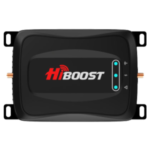
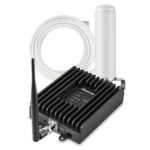
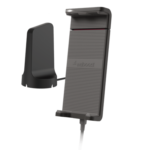
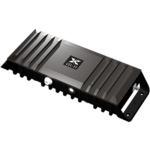
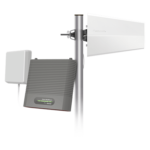
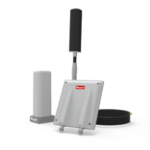
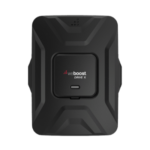
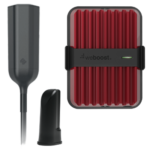



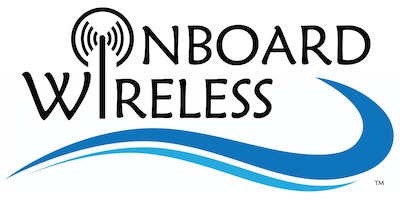



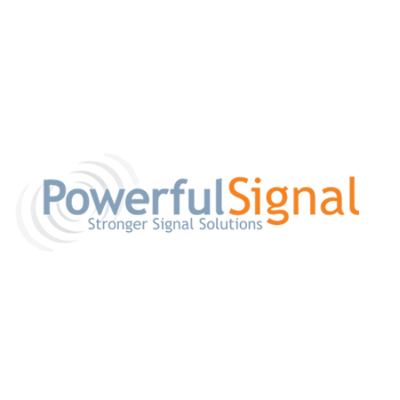


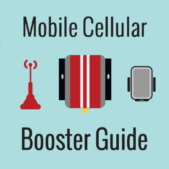
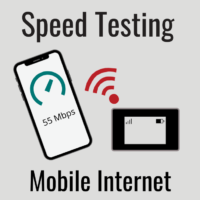
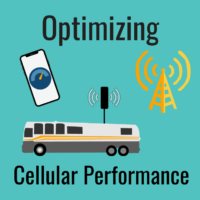
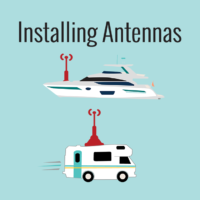
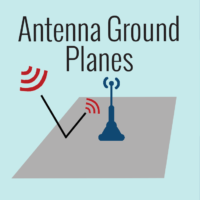
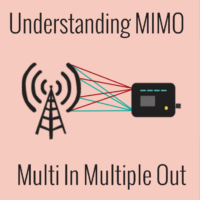
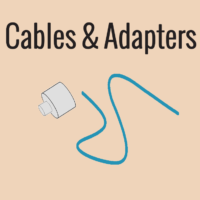







 Mobile Internet Resource Center (dba Two Steps Beyond LLC) is founded by Chris & Cherie of
Mobile Internet Resource Center (dba Two Steps Beyond LLC) is founded by Chris & Cherie of